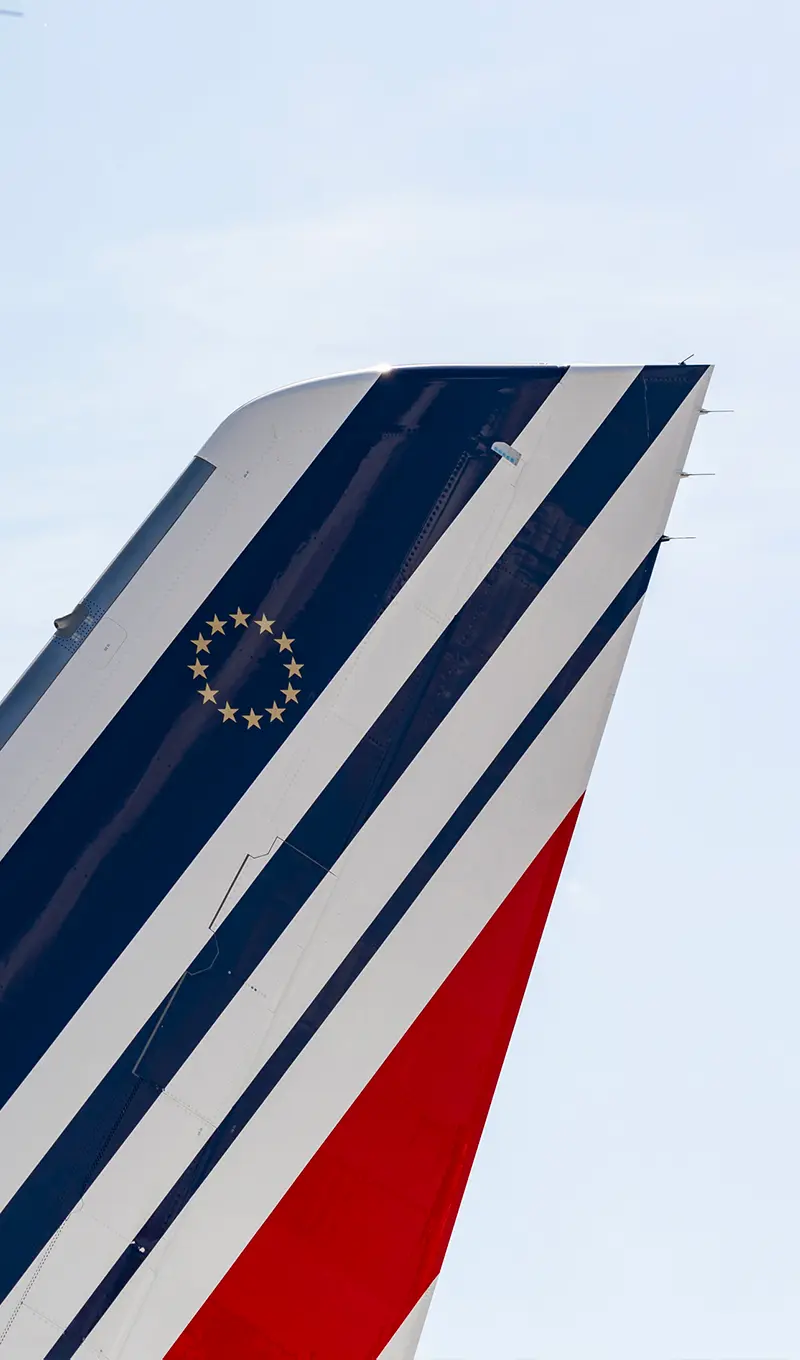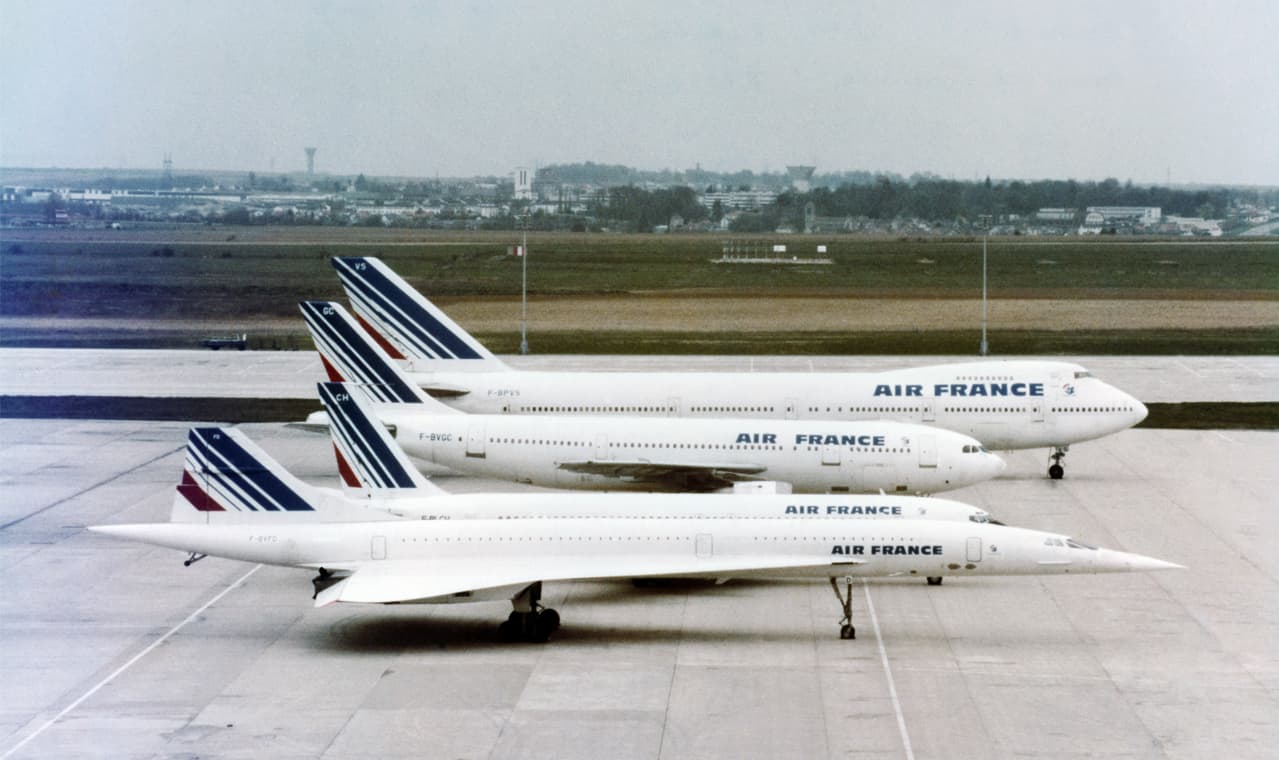
The fleet
© air france
© air france
In 1933, Air France inherited a fleet of considerable size, but it lacked in power.
In total, it included 259 aircraft of 31 different types, and most dated back to the early days of commercial aviation. One such aircraft was the legendary Potez 25 – the 'hero' of Aéropostale in the Andes – with its single engine and two seats, including the pilot's.
There was a need for renewal. One year later, Air France had removed over a third of its original aeroplanes from its fleet, replacing them with more powerful models.
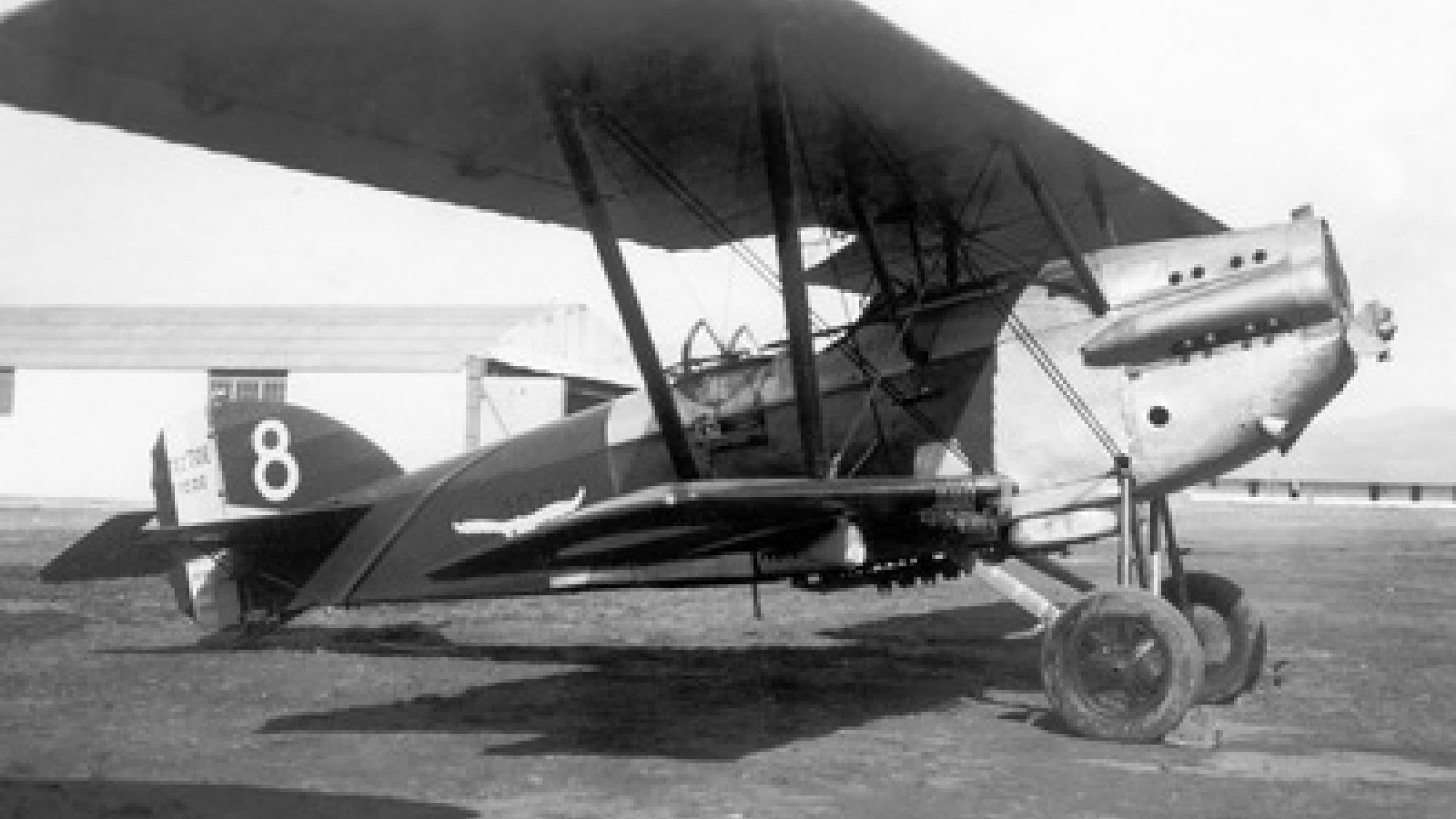
© air france
POTEZ 25 - 1933
• Range: 500 km
• Cruising speed: 170 km/h
• Max. number of passengers: 1
DEWOITINE 338, THE PRE-WAR SHOW-PIECE
The fleet was streamlined around three complementary models. The Bloch 220 – a modern 19-seater biplane – was introduced on European medium-haul routes. The Potez 62 (14 to 16 seats) was launched in Europe, the Far East and South America. Three versions of the Dewoitine 338 were deployed: in Europe (22 seats), Africa (15 seats) and the Far East (12 seats, including 6 chaise longue-style seats). With 25 of this flagship model in the pre-war fleet, it allowed Air France to really take off. The Dewoitine 338 meant that Indochina was five days' travel from Paris.
In 1939, the fleet comprised 85 aeroplanes or seaplanes, all French-made, except a DC3 – the main manufacturers sat on the board of directors.
DEWOITINE 338 - 1936
• Range: 2,000 km
• Cruising speed: 260 km/h
• Max. number of passengers: 22

© air france
The "Saïgon", an aircraft unlike any other!
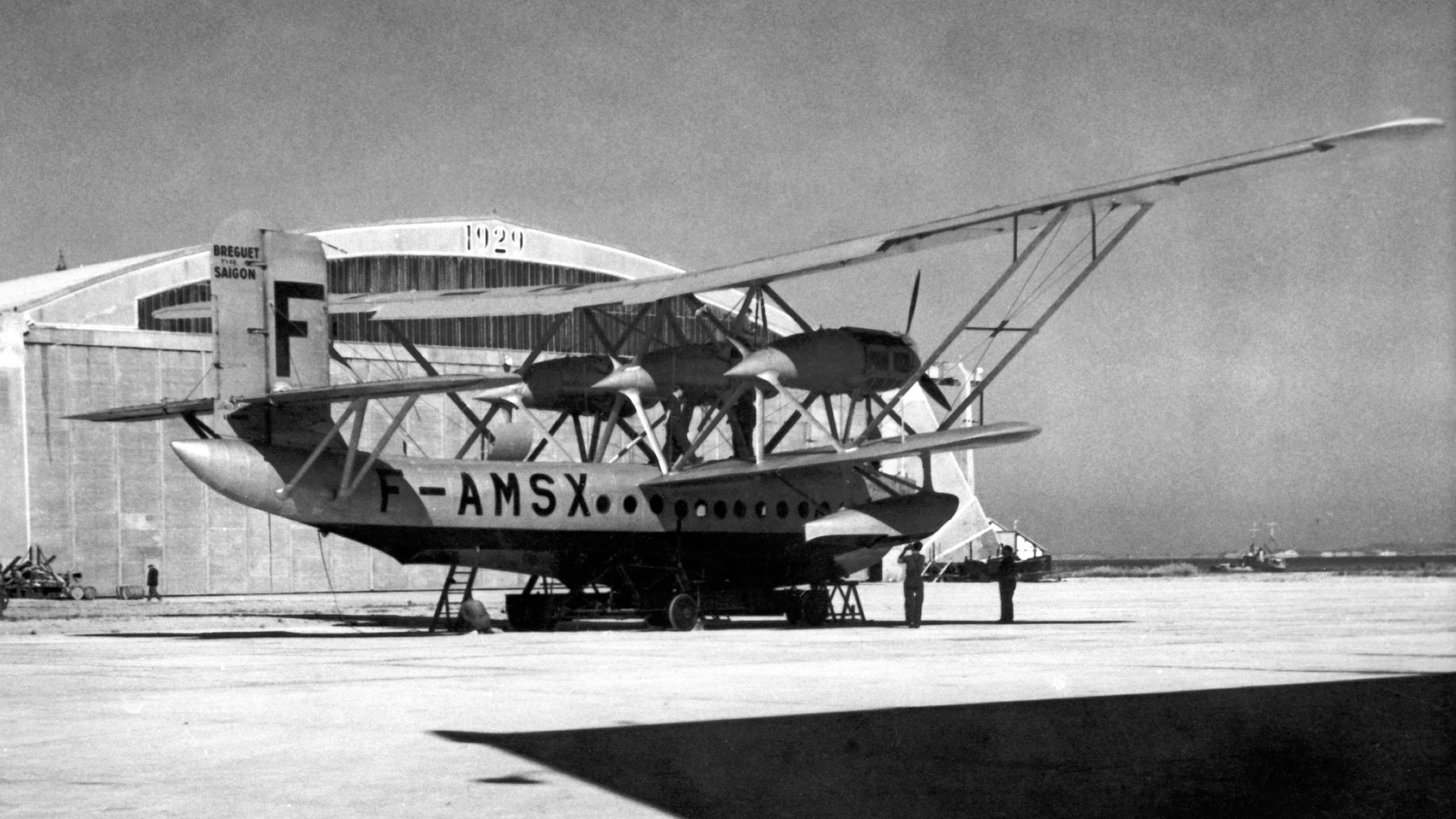
© air france
The Bréguet "Saigon" seaplane officially entered into service on the Air France Marseille-Algiers route, on 15 April 1936, following on from a large-scale cabin upgrade and complete soundproofing programme.
THE CONSTELLATION DYNASTY
Partially depleted during World War II, the fleet became obsolete in 1946. It underwent profound modernisation, with full metal aircraft. It was the end of French-only aircraft: from 1948, half came out of American factories, such as the remarkable Douglas DC-3 and DC-4 – which Air France used for its Paris-New York route in 1946 – and the four-engine Lockheed Constellation. Constellation (the L-049 followed by the L-749, L-1049 and L-1649) became Air France's flagship brand on its main long-haul routes. No fewer than 62 models were used in the fleet between 1946 and 1967. One of these was the Super Starliner, which many see as the best propeller-driven aeroplane in history.

© air france
LOCKHEED CONSTELLATION L.1649 « SUPER STARLINER » - 1957
• Range: 8,500 km
• Cruising speed: 570 km/h
• Max. number of passengers: 81
THE "TWO BEST JETS"
It was the golden age of propeller-driven aviation. It wouldn't last. The jets were already starting their engines! From 1953, the first jet plane, the De Havilland 106 'Comet', was introduced into UTA and Air France fleet, but quickly removed following two accidents involving BOAC aircraft. But in 1959, Air France launched nine Caravelles and three Boeing 707s in quick succession. The airline had entered the jet age. It was a revolution. With a 707, New York was eight hours from Paris, compared to 14 in a Super Constellation. And it could carry twice as many passengers.
Air France had the "two best jets on the world's biggest network". They monopolised aviation routes. Propeller-driven aircraft were relegated to secondary routes, converted to carry cargo, or simply scrapped. In 1969, the fleet consisted of 43 Caravelles and 33 B-707s. It had never been so uniform.
On May 6, 1959, the Caravelle F-BHRA "Alsace" in Air France colours took off from Orly for Rome, Athens and Istanbul. 60 years ago, the illustrious career of an iconic aircraft began.
The adventure began in 1951, when the French authorities entrusted SNCASE* with the construction of the first French jet. Associated with the design of the SE 210 (renamed Caravelle, in reference to Christopher Columbus), Air France ordered 12 aircraft in 1956 and integrated it into its fleet in 1959. La Caravelle became the company's spearhead for Europe and the Mediterranean, and the pride of France during the country's "thirty glorious years" (1945-1975). General de Gaulle made it his presidential aircraft in 1958 and all the great stars travelled on it. On the tarmacs, it was easily recognizable with its ovoid windows, rear engines and retractable stairs. Pilots praised its ‘gentle touch’ and its large wings, making it easier to ensure a kiss landing.
But the Caravelle was soon replaced by the more efficient Boeing 727 and 737. Sud Aviation (which became Aerospatiale then Airbus EADS) started to focus its efforts on the Concorde and then on the first Airbus (A300).
Until 1981, the elegant Caravelle remained in service at Air France, which operated 54 of these aircraft.
*which merged with SNCASO in 1957 to form Sud Aviation
An account…
Pascale Raymond (an Air France employee) says: "I remember having to be extremely precise with the abacs (load sheets), especially on flights to Corsica because of the number/ weight of bags. The pilots who flew this aircraft were really happy, they loved flying it. Even then it was a legendary aircraft!"
A 100% AIRBUS-BOEING FLEET
With their lower operating costs, jets meant that ticket prices could be lowered. Traffic was booming, and manufacturers were looking to create bigger models. The Boeing 747 – and its about 500-seater cabin – entered into service at Air France in 1970. Mass transport had arrived.
Four years later, 'Jumbo' was joined by the first of the Airbus range (the A-300). Airbus and Boeing soon provided the entire fleet. For better productivity, the aircraft were produced in 'families'. They each had their own characteristics, but used the same crews and were looked after by the same maintenance teams. Model after model was used on flights of all lengths.
The A-320 and its derivatives (A319, A321) became the mascot of medium-haul flights (81 have been used since the model first entered service in 1988 – a record). The A-330, A-340 and B-777 models shone on long-haul flights. The most recent model has been used since 2010: the A-380, the giant of the air (516 seats). Meanwhile, the fleet also welcomed Concorde (1974-2003), the iconic commercial supersonic aircraft, which was capable of travelling from Paris to New York in slightly more than three hours.
BOEING B-747 - 1970
(PASSANGERS VERSION)
• Range: up to 13,000 km
• Cruising speed: 1000 km/h
• Number of seats : 432 to 477

© air france
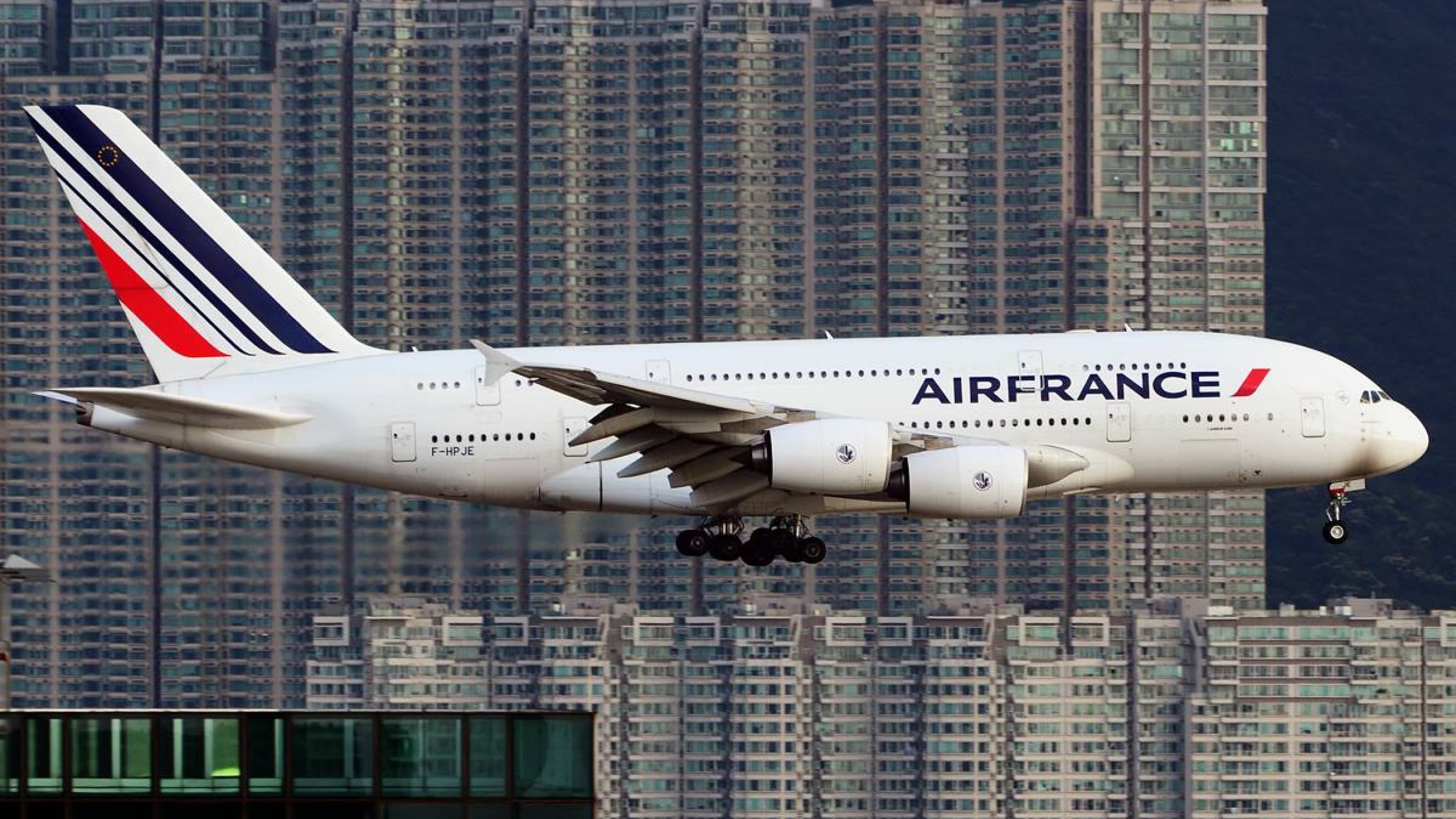
© air france
BOEING 747
3 June 1970. First Paris - New York service operated by the aeroplane that was to shortly bring air transport into a new era.
TECHNICAL FEATURES AND PERFORMANCES
• Wingspan: 64,90 m
• Length: 70,70 m
• Width: 19,10 m
• Number of seats: 432 to 477
• Engine type: General Electric CF6-80
• Take-off power: 4 x 25 800 kg
• Fuel capacity : 203 000 to 215 000 litres
• Cruising speed: 1 000 km/h
• Range: 13 000 km (passenger version)
• Max take-off weight:
397 tonnes (passenger version) - 412 tonnes (freight version)
• Max landing weight:
285 tonnes (passenger version) - 296 tonnes (freight version)
• Runway length:
> Take-off: 3 100 m
> Landing: 2 200 m

© air france
CONCORDE
Piloted by Pierre Chanoine, the Concorde, the new flagship of European aeronautics, took off from Paris on January 21, 1976 at 12.40pm, landing in Dakar at 3.27pm. It left again at 4:45pm, reaching Rio at 8:06pm Paris time.
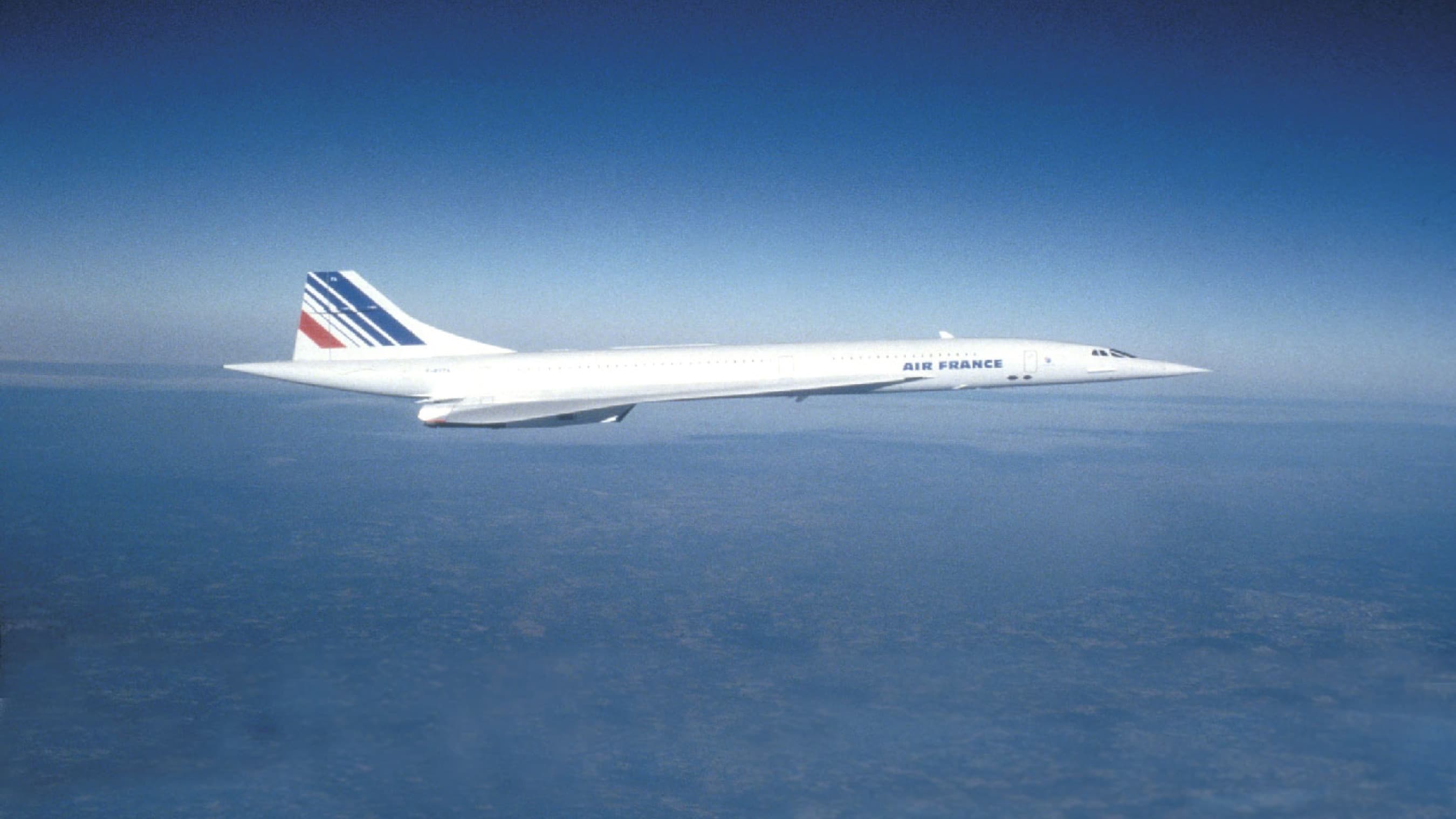
© air france
